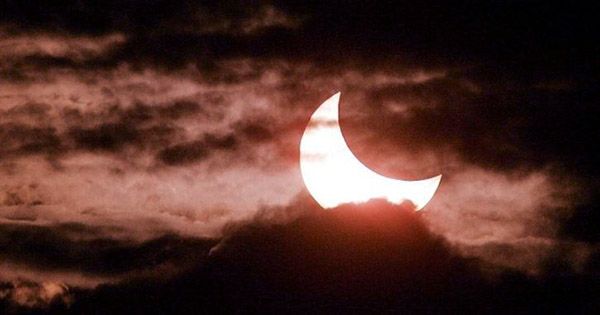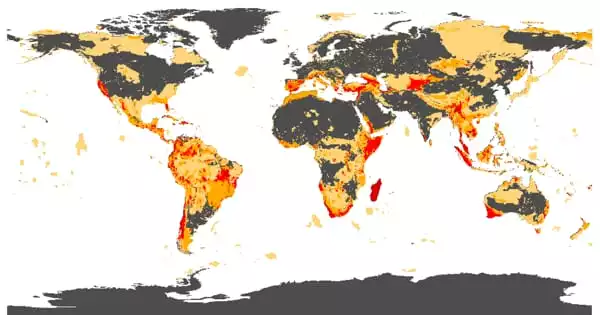During a total lunar eclipse, the Earth’s shadow slowly covers the moon. When it is completely covered, the moon acquires a distinct red color due to sunlight filtering into our planet’s atmosphere. About a thousand years ago, European observers reported a completely dark lunar eclipse. A new study by international researchers has suggested in a scientific report that a series of volcanic eruptions released enough sulfur compounds into the stratosphere to darken the sky between 1108 and 1110 CE.
There are several pieces of evidence to support this explanation. The first is the presence of sulfate in ice cores from Greenland. And not just any old deposit, the largest deposit of the last millennium. This distinctive mark was previously attributed to the Icelandic volcano Heckler, which erupted in 1104, but over the past decade, researchers have worked to ensure that ice dates were somewhat closed and that this deposit shifted to 1108. Another indication that Hekla is not responsible for the deposit is the discovery of a similar sulfate deposit in Antarctica. For this reason, the team suspects that a volcano closer to the tropics is the answer.
To further explore this concept, the team linked data from ice cores to historical accounts around the world. Between 1109 and 1111 CE, there are reports of famine across Western Europe being linked to dramatic changes in weather. The Peterborough Chronicle reported a dark total lunar eclipse in May 1110. This information matches the story published in the ice core. Not only that but the team found a report of an eruption from Mount Asama, the most active volcano in Honshū on the main island of Japan. Its eruption in 1108 was the largest known for this particular volcano.
A politician described the 1106 incident as follows: “A fire broke out at the top of the volcano, there was a thick layer of ash in the governor’s garden, fields and paddy fields everywhere became unfit for cultivation. We have never seen that country. It is a very strange and rare thing.” The team is not sure that Mount Asama alone is responsible for the darkness of the lunar eclipse, but they are confident that it has played a role and that the new dating of the ice cores is correct.
















